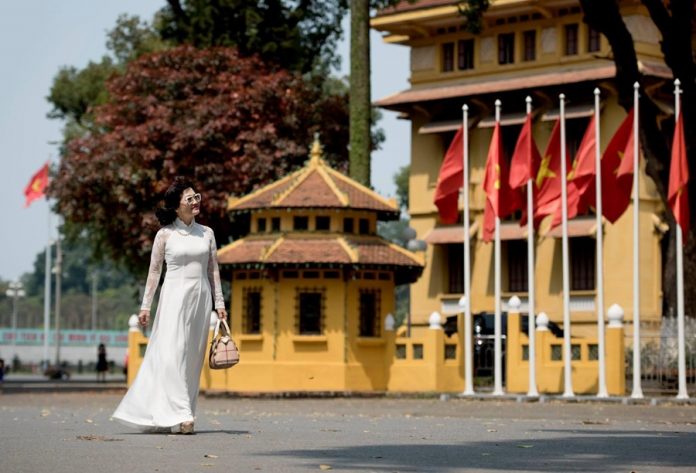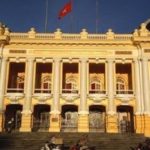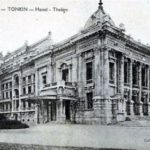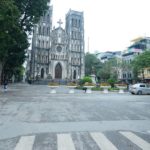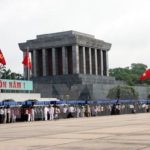Nestled within the lush greenery of lakes and forests, Hanoi’s iconic buildings are not just popular tourist destinations, but also hold a special place in the hearts of the city’s architectural community. It comes as no surprise that Hanoi was named one of the top 20 cities for architecture in 2023 by Insider Monkey, a financial website that keeps a close eye on hedge funds and corporate insiders.
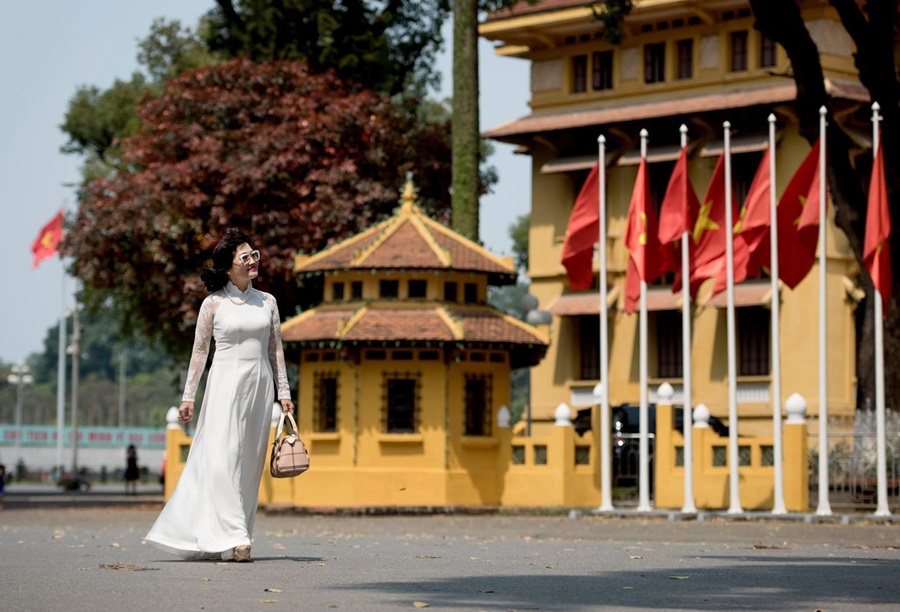 |
| The stunning headquarters of the Ministry of Foreign Affairs, located in the heart of Ba Dinh District, Hanoi. Photo: Nguyet Khanh |
Hanoi, the capital of Vietnam, ranked an impressive 16th on Insider Monkey’s list, joining the ranks of cities from 20 countries with exceptional architecture, including powerhouses like the US, Italy, and the United Arab Emirates. But what makes Hanoi’s architectural landscape so remarkable?
According to the website, the Presidential Palace and other government buildings in the city exemplify the unique architecture of the S-shaped country. The Hanoi Opera House, with its stunning design, is described as a “masterpiece of architecture.” Let’s explore some of the iconic structures that have shaped this city and continue to stand as a testament to its rich history and cultural evolution.
Ho Chi Minh Mausoleum
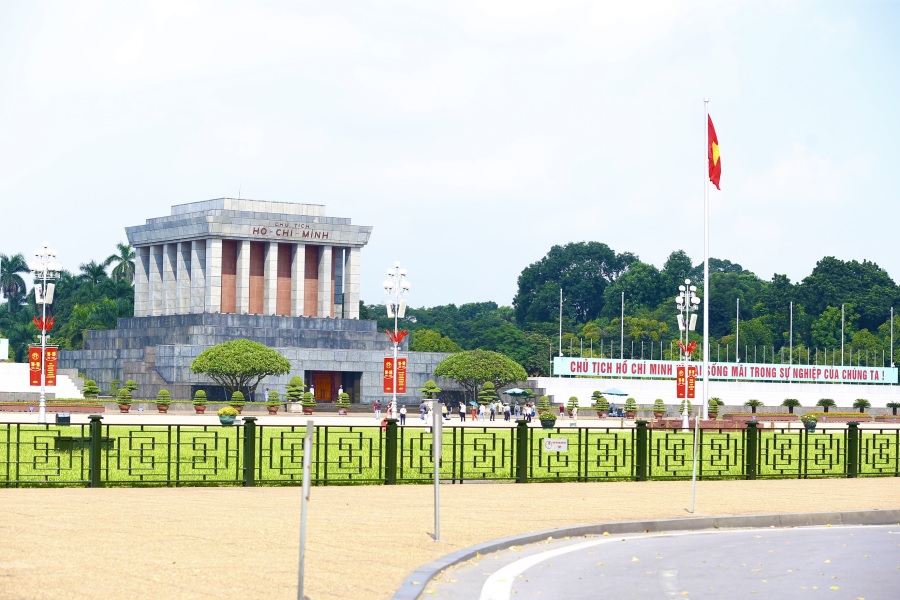 |
| The Ho Chi Minh Mausoleum, opened in 1973, stands on the very spot where President Ho Chi Minh proclaimed the Declaration of Independence on September 2, 1945, marking the birth of the Democratic Republic of Vietnam. Photo: Duy Khanh |
The Ho Chi Minh Mausoleum, affectionately known as ‘Lang Bac’ or ‘Uncle Ho Mausoleum,’ is more than just a tourist attraction. This majestic site embodies the spirit of brotherhood and unity, built with contributions from both the people of the Soviet Union and Vietnam. With three levels and impressive dimensions of 21.6 meters in height and 41.2 meters in width, it serves as a symbol of national pride and a sacred destination for all Vietnamese.
The exterior of the mausoleum is crafted from gray granite, surrounded by square granite columns. The inscription “Chu Tich Ho Chi Minh,” meaning President Ho Chi Minh, adorns the portico in letters made of plum-colored ruby. Construction began in 1973, and the site was officially inaugurated in 1975, becoming a significant historical and cultural landmark for generations to come.
Presidential Palace
 |
| The Presidential Palace, a fusion of European and Vietnamese influences, serves as the office of the President of the Socialist Republic of Vietnam. Photo: Duy Khanh |
The Presidential Palace, located in the heart of Ba Dinh District, is more than just an office for the President of the Socialist Republic of Vietnam. It is a symbol of the nation’s colonial past and present-day independence. Designed by Auguste Henri Vildieu, French architectural assistant in colonial Hanoi, the palace exudes a distinctly European flair, typical of French colonial architecture.
Its construction began in 1901 and concluded in 1906, and it has since witnessed significant moments in the country’s history. In 1975, the Ministry of Culture and Sports (now the Ministry of Culture, Sports, and Tourism) recognized the Presidential Palace as a relic site. Today, it stands as a special national relic, as designated by the Prime Minister of Vietnam.
Hanoi Opera House
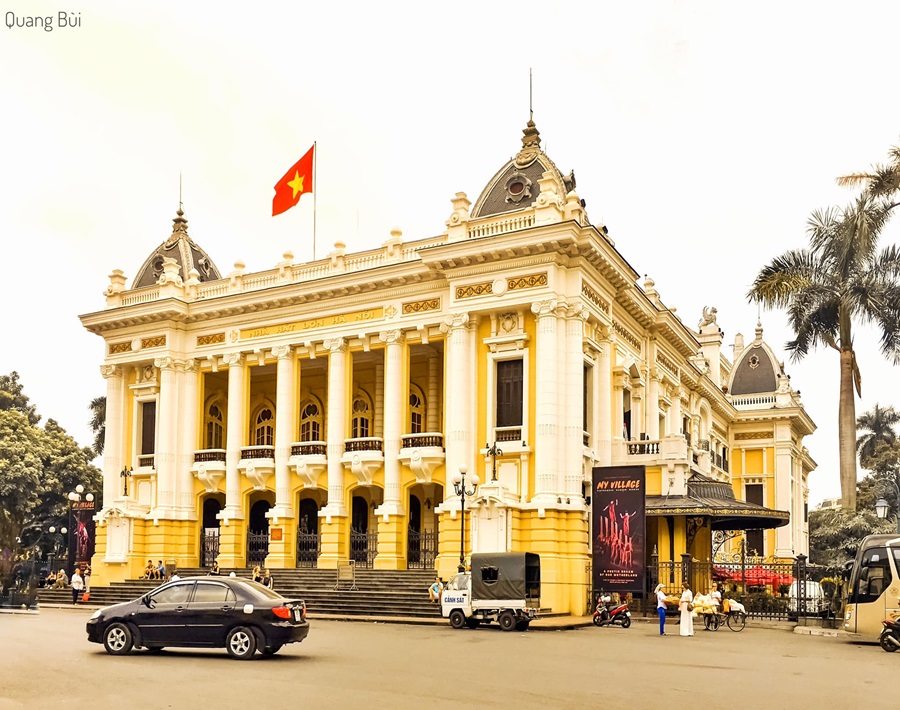 |
| The Hanoi Opera House, a miniature version of the Opéra Garnier in Paris, has been a cultural hub for theatrical performances, traditional songs, symphonies, and classical opera. Photo: Quang Bui |
The Hanoi Opera House, affectionately dubbed a “miniature Opéra Garnier,” is a cultural beacon in the city. Recognized as a national relic, this unique structure is associated with important events in both the capital and the nation as a whole. Spanning an area of 2,600 square meters in the Cach Mang Thang Tam Square in Ba Dinh District, its construction began in 1901 and concluded in 1911.
Designed by French architects Harlay and Broyer, the Opera House boasts a performance space, staircase, lobby entrance, and floor plan reminiscent of theaters in the South of France, making it a must-visit destination for culture enthusiasts.
National Assembly House
The National Assembly House, also known as the National Assembly Building of Vietnam or the New Ba Dinh Hall, serves as the headquarters for the National Assembly of Vietnam and the venue for their plenary sessions.
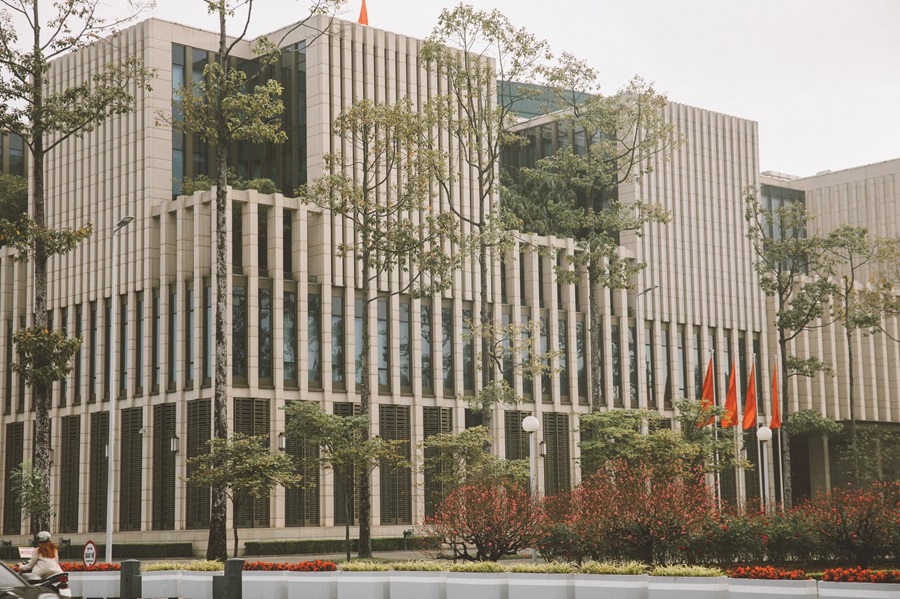 |
| The National Assembly House, an impressive structure that accommodates meetings with over 2,500 attendees, stands as a symbol of modern Vietnam’s democracy and legislative power. |
With a total area of 63,000 square meters and a height of 39 meters, the National Assembly building is an imposing sight. Construction began in 2009 on Doc Lap Street in the Ba Dinh political center, and the project took a total of 15 years from concept to completion. The square floor plan and circular main meeting room draw inspiration from the “Banh Chung, Banh Giay” legend, a traditional Vietnamese tale of square green and round white sticky rice cakes.
This building is not just an important public space but also the largest and most complex office building in the entire country, reflecting the nation’s legislative power and democratic ideals.
Ministry of Foreign Affairs Headquarters
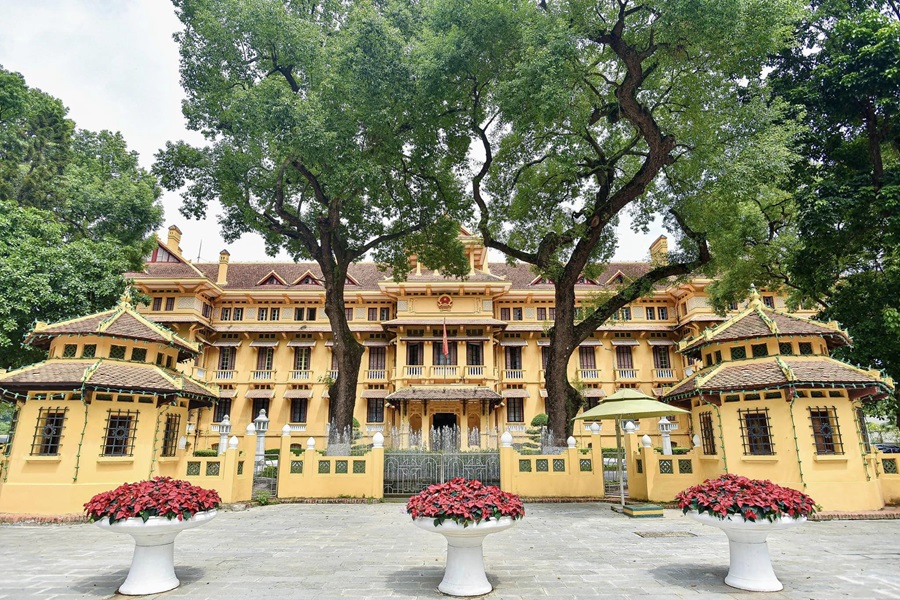 |
| The headquarters of the Ministry of Foreign Affairs, with its distinctive multi-layered tile roof system, is an architectural fusion of Eastern and Western influences. Photo: Nguyen Huy Nhan |
The Ministry of Foreign Affairs Headquarters, located at 1 Ton That Dam Street in Ba Dinh District, is a unique blend of Eastern and Western architectural styles. Built during the French colonial period, the building features a multi-layered tile roof system, a distinctive feature of Eastern architecture. The large central roof, coupled with window sunshades on each floor and the lobby roof, gives the building a unique appearance, earning it the nickname “hundred-roof building.”
In October 1945, President Ho Chi Minh designated this very building as the headquarters of the Ministry of Foreign Affairs, and it has since played host to countless important diplomatic events, solidifying its place in the nation’s history.

